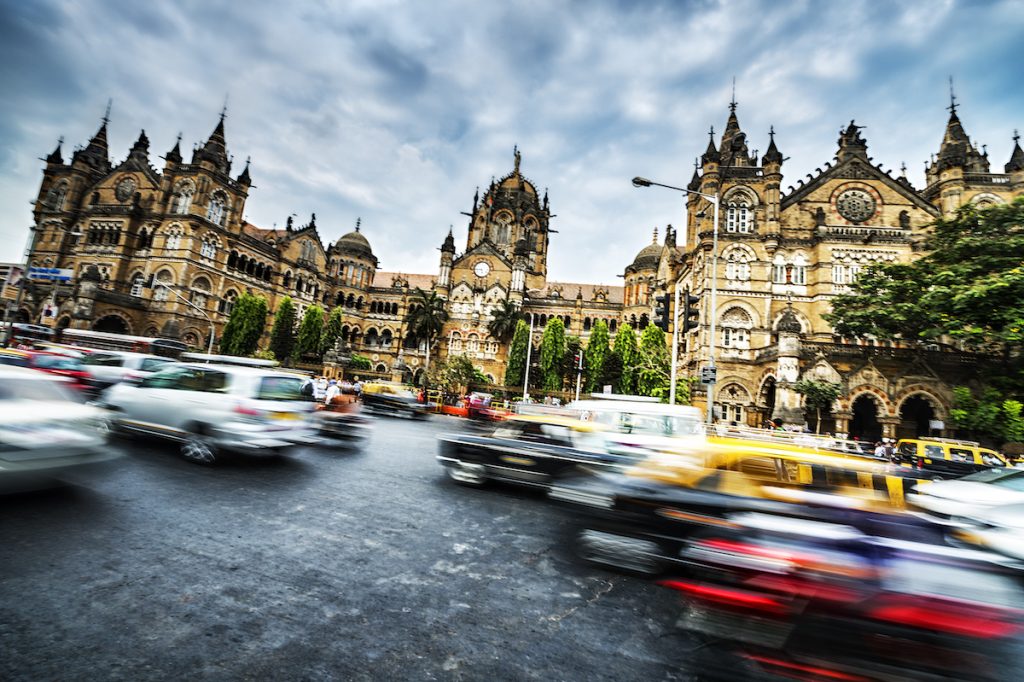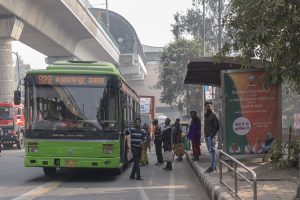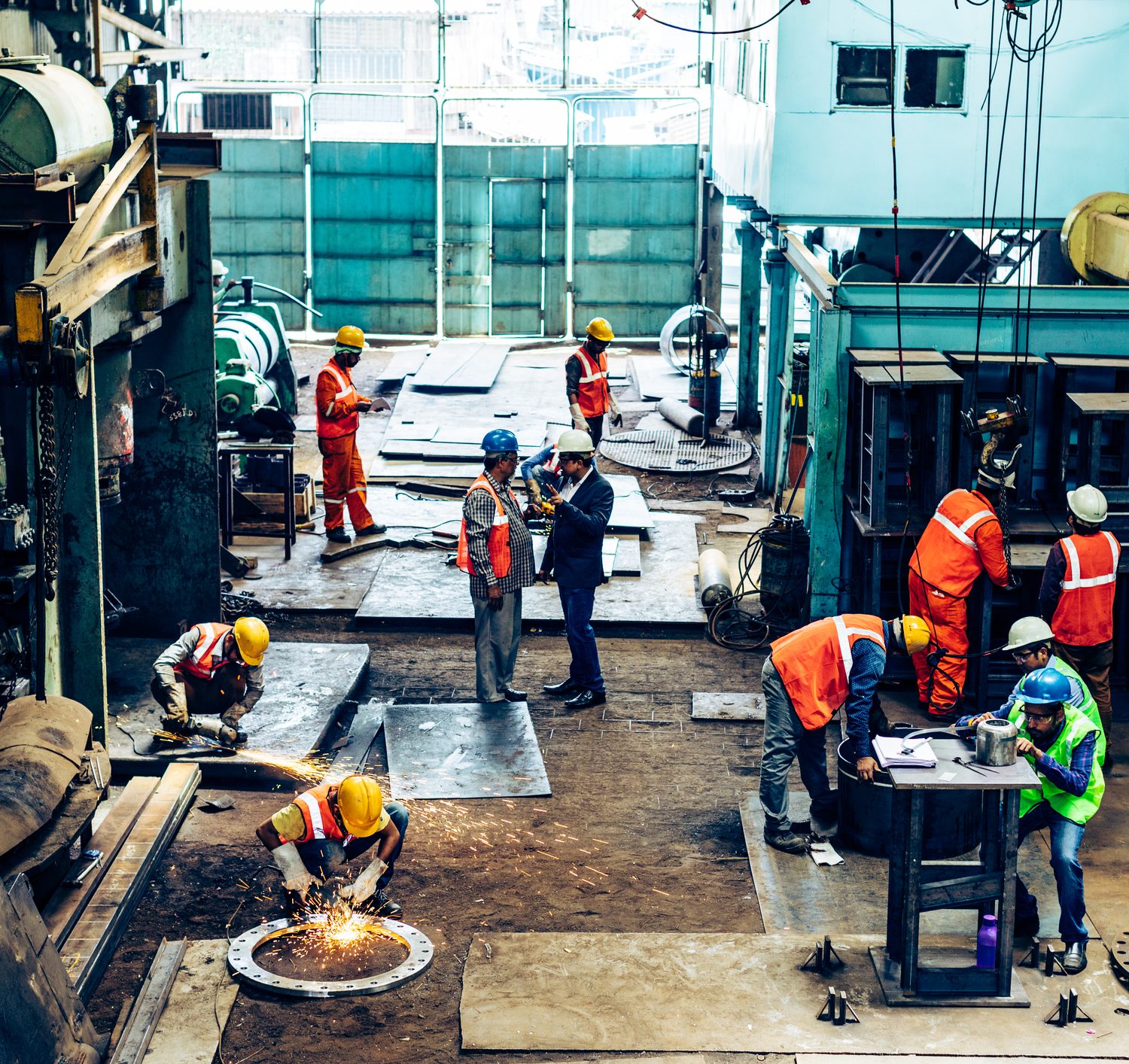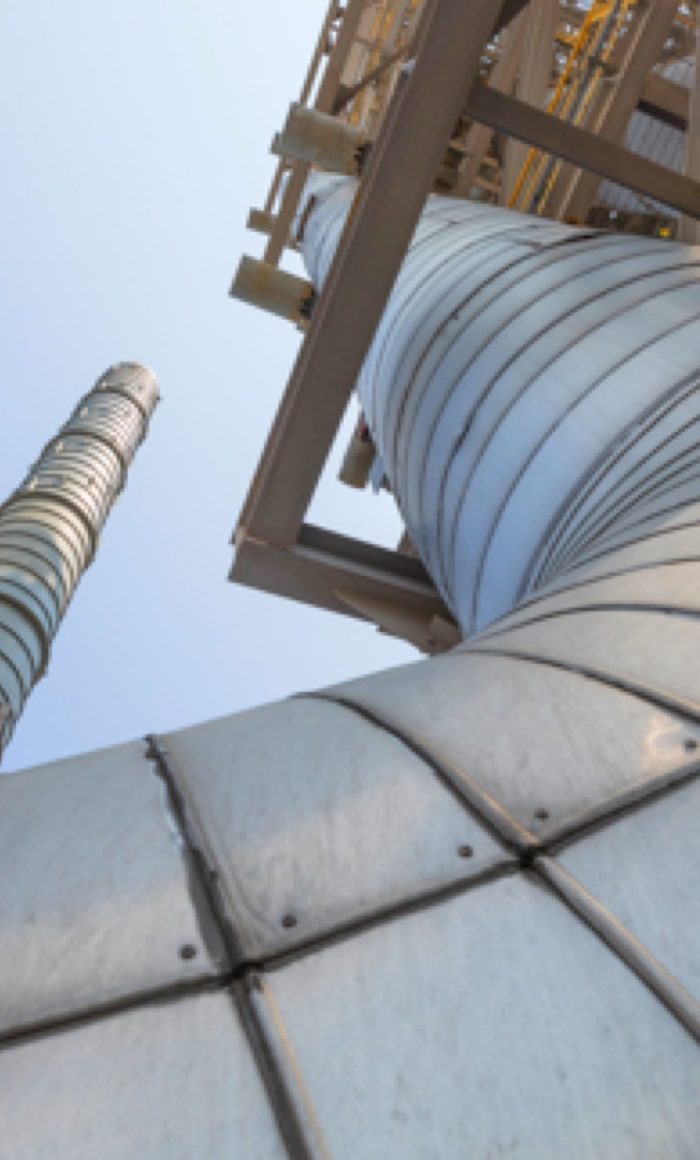India is making the switch.
Like many developing nations, India has grown rapidly, using traditional fuels for power and industry. But this has contributed to high emissions and massive air pollution in urban areas.
Now the country is transitioning to cleaner energy for the future – such as renewables and natural gas – in an effort to power its people and industries while ensuring that the air gets cleaner.
The government recently launched Ujjwala 2.0, the second phase of an ongoing program that provides free LPG (liquefied petroleum gas) connections to some of India’s poorest, labelling access to energy as a key driver for the nation’s growth.

Putting power in women’s hands has been a focus for India.
“How can a family or a society dream big and achieve them if they keep struggling for basic facilities. [The] feeling that dreams can be fulfilled is essential for a society to achieve its dreams,” Indian Prime Minister Narendra Modi said.
As part of this growth vision, India is also working to accelerate adoption of lower-carbon technologies to help reduce emissions while meeting the need for large-scale energy solutions.
Energising the future with natural gas
From powering manufacturing and industry to helping people get around, the role of natural gas is growing in India’s energy future.
In New Delhi, for instance, industrial companies have moved to piped natural gas for power.
More than 1,600 industrial units across the city have switched to gas. This shift allows manufacturers making food, paint or heavy materials to help reduce air pollution while lowering their own costs. But there is room for more.
“While it’s great to see India investing big in building gas infrastructure, creative solutions like virtual pipelines can connect the industry to immediate gas-based energy,” said Karthik Dharmapuri, a key part of the ExxonMobil India LNG team.
Karthik is currently focused on a virtual pipeline project to provide Indian industry with more energy choices.
Transportation has also been a major focus of the Indian government.

Globally, gas demand in the transport sector is expected to grow by 50 billion cubic metres by 2035 at an annual compound growth rate of 2.2 per cent.
While buses in New Delhi have been using compressed natural gas (CNG) for some time, many major Indian cities are also making the switch from diesel-powered buses to CNG.
In August, Kolkata began its first CNG bus services in the city to reduce not just operational costs but also air pollution. In the south, Kerala has unveiled LNG-powered buses.
In 2020, India also launched its first long-range CNG buses that can travel more than 1,100 kilometres on a single tank. This means that Indians can look forward to CNG-powered interstate connectivity in the future.
Even tractors are getting government support for a CNG switch in order to reduce agricultural emissions and improve farm incomes.
According to government estimates, a CNG tractor can reduce overall emissions by 70 per cent and also save Indian farmers one lakh rupees (US$74,000) a year in fuel costs.
Across India’s mining sector, coal miners are looking to switch machinery from diesel to LNG as part of the industry’s roadmap towards reducing emissions.

India’s cities are following New Delhi’s example and switching busses to CNG power.
Leading the way is state-controlled Coal India Limited. The coal giant is replacing its fleet of heavy earth-moving vehicles with gas-run machines, which could cut 250,000 tonnes in carbon emissions over the next five years.
India is taking big strides towards a better tomorrow. As the country makes smart energy choices to reduce air pollution and improve energy efficiency, natural gas will be one of the foundations of its energy future.




